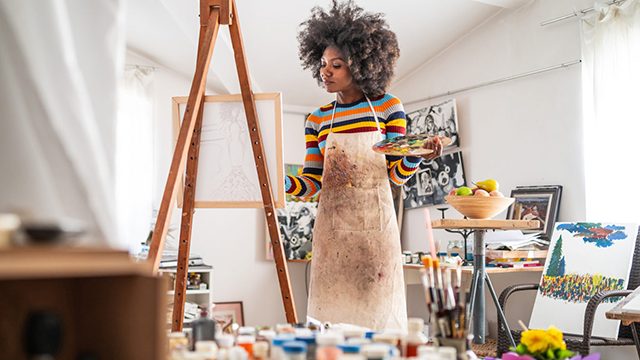Understanding how your signage affects your business is important to the success of your local business. Creating stickers Sydney will take 2 days depending upon the size of you required.
It’s also much more important than you might think.
Your signage is one of the few ways you can communicate directly with your customers without speaking to them face-to-face.
Think about it. When was the last time you went into a business and didn’t see their name on their building, storefront, or advertising? Probably never!
The best companies know that signage is an integral part of their company’s message and branding. A good sign shows your customers what to expect when they walk in the door. If you have a restaurant, for example, customers will be expecting to see food on display, people enjoying themselves and great customer service.
A good sign will also tell customers what kind of business you are and whether or not you’re open for business! Signs are the first thing potential customers see when they walk into a store or drive by a business, so it’s important that they make a good impression.
Signage is a vital part of your business. It is the first thing people see when they enter your store and it will be the first thing they remember when they are telling their friends about the experience they had at your establishment. Signage can make or break a business.
Even though signage is such an important part of a business, not too many people understand how it affects their business. Let’s take a look at some of the ways that signs impact your business.
Signage attracts new customers
If you want to get new customers through the door, then you need to have good signage. This means that you need to have signs outside the store, in the window, directing people around inside, and even on the cups or bags that people are taking out of your store. This will help increase traffic into your store and give you more opportunities to make sales and grow your customer base.
Signage helps direct customers around the store
The best example of this is grocery stores. When I go into a grocery store with my kids, I always print out pictures of some of their favorite foods so they know what to look for in the store.
Most businesses need some form of signage. Signs provide a way to attract attention and promote your brand while also providing important information.
Do your business signs serve their purpose? If you’re in the market for new signs, there are several factors you’ll want to consider before making your purchase.
Size and Visibility
It may seem obvious, but one of the first things you should consider is how visible your sign will be. Is it appropriately sized for your storefront? Will it be easily seen by people walking by or driving past?
When thinking about visibility, consider how close the sign will be to the street or sidewalk. Signs should be positioned so that they can be easily seen from a distance. Also, if possible, try to hang them at eye level. When people look up or down to see a sign, it often becomes less noticeable.
Color
Color is another important factor when designing business signage. You’ll want to choose colors that contrast with each other so that the lettering and background stand out from one another. It’s also a good idea to choose colors that match your brand or logo so that you can create a consistent image for your business.
Lighting
Another thing you’ll have to think about is lighting if you have outdoor signs.
How Your Signage Affects Your Business
Curbside signage can go a long way toward attracting customers to your business. In retail and commercial real estate, the first impression is critical for success, and a sign is often the first contact potential customers have with your business. And if you’ve ever tried to find a business or restaurant without a clear street-level sign, you know how frustrating it can be.
If you’re looking to boost business, consider making improvements to your signage. Here’s what you should know:
The importance of location: The right sign in the right place is key to a successful store or restaurant. A well-placed sign will attract new customers who might have missed your business otherwise. A poorly placed sign can mean missed opportunities and lost revenue over time.
Aesthetics matter: You’ll want your signs to reflect the personality of your brand. An attractive sign that instantly communicates what you do will help draw people in. Use color and graphics that enhance the message you want to convey, but don’t overdo it — simpler is usually better when it comes to signs.
Comfort zones: Most people are comfortable with regard to their own personal space, both physically and visually.



